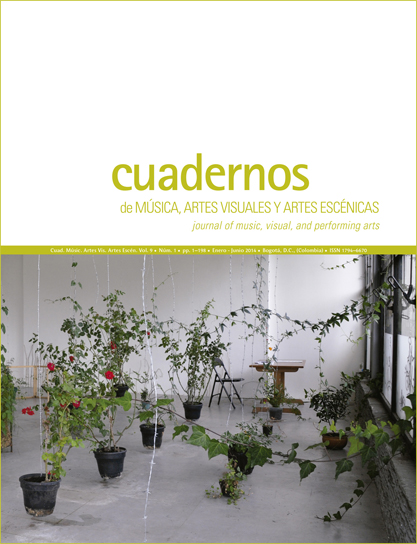Abstract
El presente artículo da cuenta de las circunstancias históricas y sociales que precedieron a la aperturade la Escuela Nacional de Bellas Artes de Colombiaen 1886, y los intentos por consolidar una propuesta estatal y pública de una escuela de enseñanza del arte. Se muestra la tensión vigente entre el modelo progresista de las artes y oficios y el civilizatorio de las bellas artes. Igualmente, se hace visible el proceso de consolidación político, pedagógico y estético del modelo moderno de enseñanza de las artes académicas durante el siglo XlX en Colombia.This journal is registered under a Creative Commons Attribution 4.0 International Public License. Thus, this work may be reproduced, distributed, and publicly shared in digital format, as long as the names of the authors and Pontificia Universidad Javeriana are acknowledged. Others are allowed to quote, adapt, transform, auto-archive, republish, and create based on this material, for any purpose, provided the authorship is duly acknowledged, a link to the original work is provided, and it is specified if changes have been made. Pontificia Universidad Javeriana does not hold the rights of published works and the authors are solely responsible for the contents of their works; they keep the moral, intellectual, privacy, and publicity rights.
Approving the intervention of the work (review, copy-editing, translation, layout) and the following outreach, are granted through an use license and not through an assignment of rights. This means the journal and Pontificia Universidad Javeriana cannot be held responsible for any ethical malpractice by the authors. As a consequence of the protection granted by the use license, the journal is able to publish retractions or to correct information already published. Publishing contents in this journal does not generate royalties for contributors.


